The Cheech: A Tribute to Chicano Culture

Photo Credit: Isabela Angulo
This past summer, I had the privilege to visit The Cheech Marin Center for Chicano Art and Culture; an experience that inspired an exploration of my identity and heritage. Despite my Chicana roots and love of the arts, I had never heard of this museum. My tia and prima were the ones that suggested going. Up until that point, I had only heard of studios or exhibitions dedicated to Chicano art, but never an entire museum. I immediately felt a sense of pride for the step forward in the battle for Chicano visibility and representation. On my ride to the museum, I was delved deep into my brain, searching for an answer to where I had heard “Cheech” before. I remembered the iconic duo Cheech and Chong and was stunned to learn that Cheech Marin was not only an actor and comedian, but an activist and major supporter of Chicano Arts. It turns out that he owns one of the most extensive collections of Chicano art in the world, containing over 700 pieces of artwork. In fact, the Cheech was born from this very collection.
From February 2 to May 7 of 2017, the Riverside Art Museum (RAM) held the exhibit Papel Chicano Dos: Works on Paper containing a few of his collected works. It showcased 65 pieces from 24 Chicano artists. Admissions for the exhibit soared, nearly attracting 1,500 attendees, and greatly exceeding the normal amounts of admission revenue. The success of this exhibit exemplified the demand for Chicano art and opened the floor for a partnership between RAM, Riverside, and Cheech Marin. Cheech donated his collection to RAM and just a couple years later, on June 18th of 2022, The Cheech opened its doors to the public, occupying a small building just across from the renowned Mission Inn in Riverside’s historic district. This resulted in the beginning of its legacy as a pillar of and devotee to Chicano Arts.
Immediately after entering the Cheech, I was amazed by the massive amounts of culture within. I flocked to all walls and corners of the building, taking my time with each piece of artwork in order to appreciate the beauty, community, and connection I felt with each. In my time covering all 61,420-square-feet of the building, I saw Chicano history in Vincent Valdez’ oil painting “Kill the Pachuco Bastard!” I witnessed past struggles and sorrows in Judithe Hernández’ “Juárez Quinceañera”. I resonated with Alaniz Healy’s “Una tarde en Meoqui”, which painted the picture of a family, smiling and serving each other food. Whispers of representation and connection filled the quiet, pensive halls of the galleries. These were reinforced by remarks like “That looks like your Tio Martin!” while staring at works by César A. Martínez, and “Parece a la casa de tu abuela,” referring to a painting by Jacinto Guevara. I, too, saw my family in the painted faces and locations. One of the first paintings we looked at was “City Terrace” by Roberto Gutiérrez. My tia pointed, “Your Abuelito Jose used to live near there.” My heart fluttered. I never had the chance to meet my abuelito, for he had passed before I was born. Somehow this painting gave him life, bringing me just a little closer to him, his experiences, and the history of my family.
Representation matters, and The Cheech provides it for many Chicanos. It is an answer to the questions “Who are the people of Los Angeles? What is their story?”. An answer that has long been ignored and hidden, many times forcefully so. The history and voices of the Chicano community have largely been pushed away from the American narrative, despite all the contributions that we have made. Chicano successes have been minimized and omitted from textbooks and other media for decades. This white-washed version of history has and continues to create generations of Mexican-Americans that have no knowledge of our people’s past victories and defeats, and no role-models, resulting in a lack of motivation to embrace our origins and culture. The Cheech is an important step to halting this erasure by weaving the story of Mexican-American people back into the public’s attention, creating a more complete look at the history of the United States, the very goal of Chicano art. According to the museum, Chicano art is “the art of struggle, protest, and identity.” The genre can trace its origins back to the Chicano Movement or “El Movimiento”, in which artists used their work as a means of political and social advocacy. Chicano art then evolved to simply be a representation of their community, not necessarily focusing on any political aspects but instead reflecting on the story of the Mexican-American experience.
The evolution of Chicano Art was exemplified perfectly through The Cheech’s first temporary show, Collidoscope: de la Torre Brothers Retro-Perspective, which featured mixed-medium works, including lenticulars, glassblowing, and technological elements, by brothers Einar and Jamex de la Torre. Their centerpiece is a 26 foot tall lenticular of the Aztec goddess Coatlicue, who shifts into new form, incorporating various symbols of Chicano identity, as the viewing angle changes. On the second floor of the museum, the show included around 30 years of work from the De La Torre Brothers. The brothers, born in Guadalajara and raised in the United States, integrated themes of pre-Columbian art, Catholic symbolism, and Mexican culture throughout their pieces, each reflecting the Latino experience within the American way of life. Each piece of artwork had so much to say and so much to offer beyond their gleaming aesthetics and beauty. One piece that stood out to me from this show was a mixed-media portrait titled “Soy Beaner”, which diplayed a range of Chicano as well as Eastern religious symbols, all within the structure of an Aztec Calendar. The symbols included flying Guadalupes, dragons, lizards, crabs, Mexican beer bottles, and much more. The description of the piece stated that it was meant to illustrate the fluidity of culture and identity. The title is not only a play on words, but it represents the reclaiming of a derogatory term as well as a jab at the fact that some traditional Mexican crafts are now mass produced in China and then consumed back in Mexico.
Attending this museum, I felt submerged in a culture and identity that I have yet to fully explore. Since my visit, my connection to my culture has been reignited and I am more excited than ever to dig deep into my roots. Unfortunately, I learned so much more about the history and experiences of Chicanos than I ever did in a classroom on this visit to The Cheech. This sad reality speaks to how fundamental The Cheech is to helping build a Chicano identity and repairing the damages done by those who have tried to bury it under white-washed records of the past. The success of The Cheech has shown us that the Mexican-American community is on its way to reclaiming our heritage and distinguishing ourselves as a people who have persevered through decades of discrimination. It is the gentle signifier that, despite derogatory remarks, accusations of being “murderers and rapists,” and battles against direct and hostile racism, whether it be during the infamous Zoot Suit riots or current day, we matter. We have offered much to this country and will continue to do so. It is an exclamation against erasure, proving that history cannot cast us aside. The Cheech is an homage to the contributions of Chicano people, our losses, our wars, and our triumphs. It is an inspiring and thought-provoking experience, which I highly recommend to everyone, Chicano or not. Thank you Cheech Marin for this incredible sanctuary for dialogue surrounding the Chicano identity and the Mexican-American narrative.

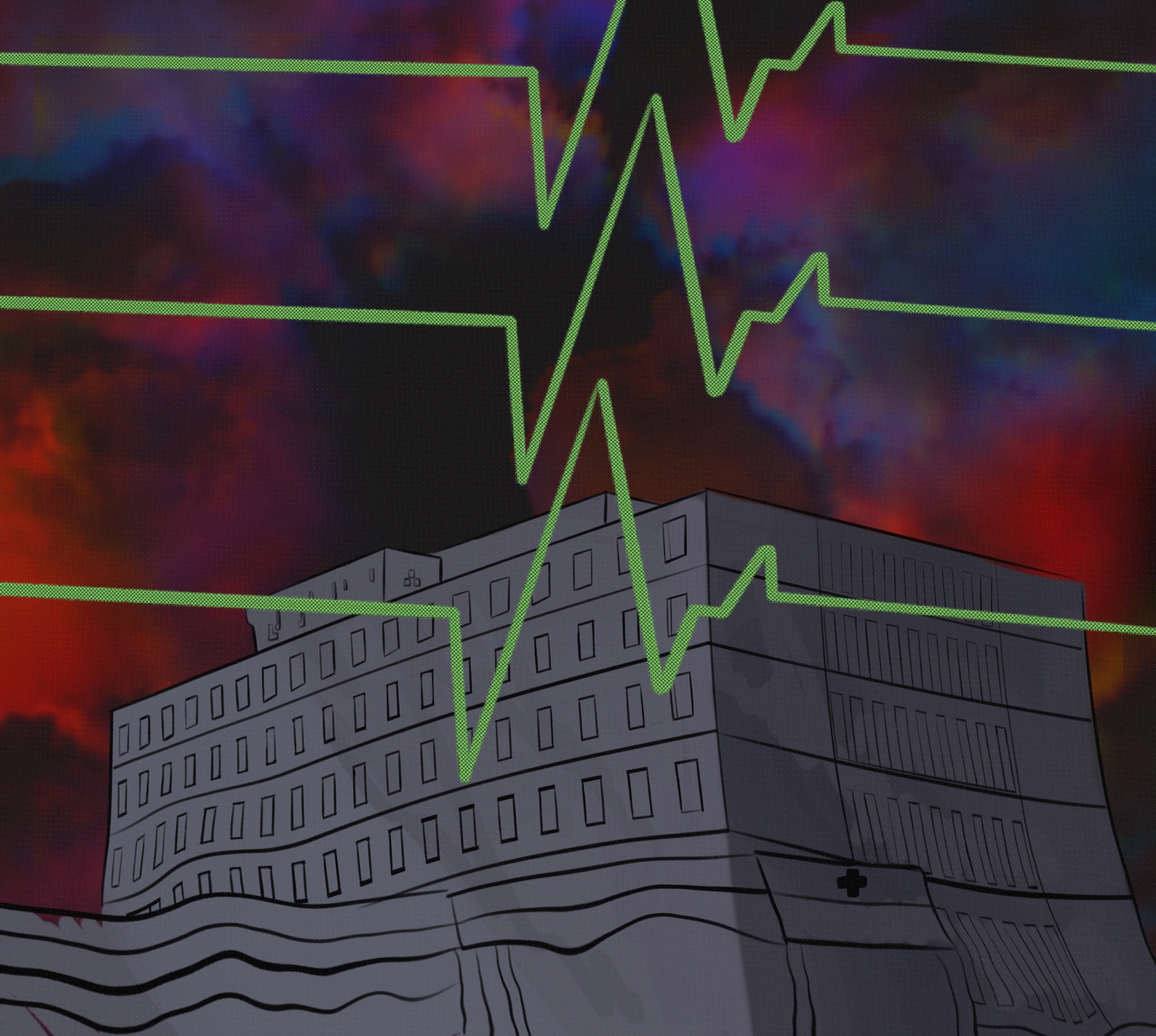
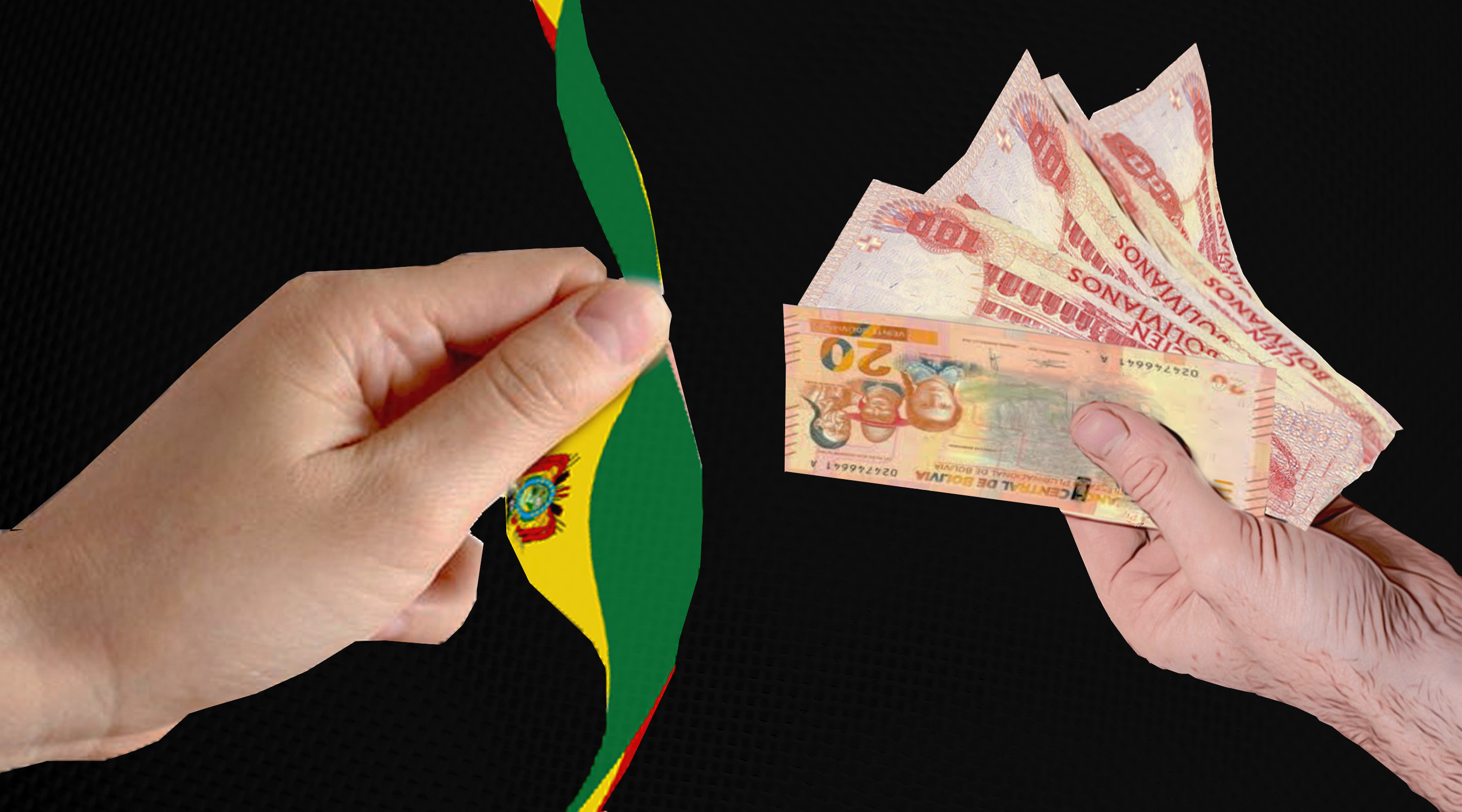
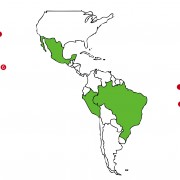
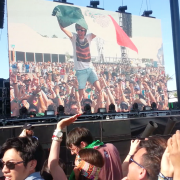

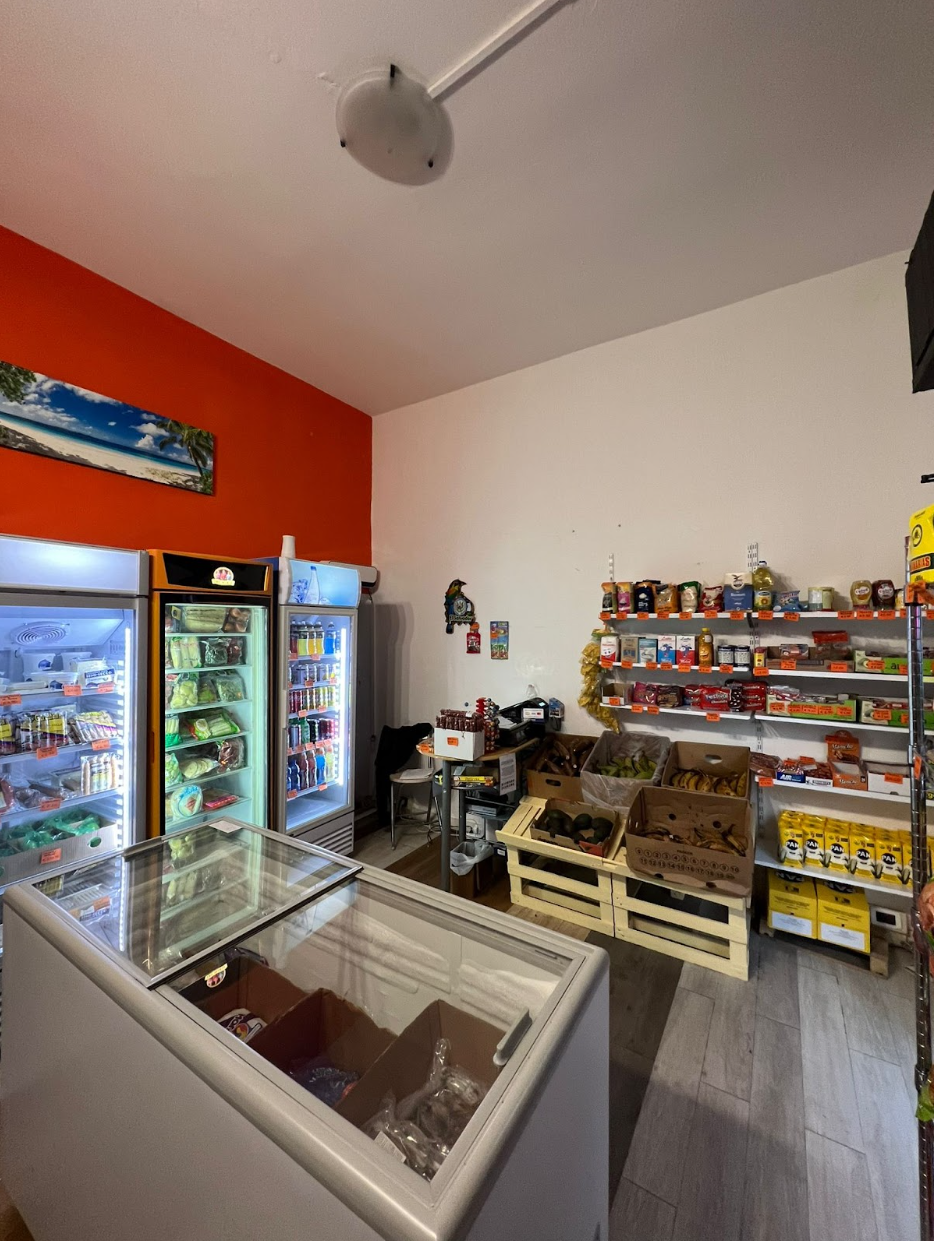
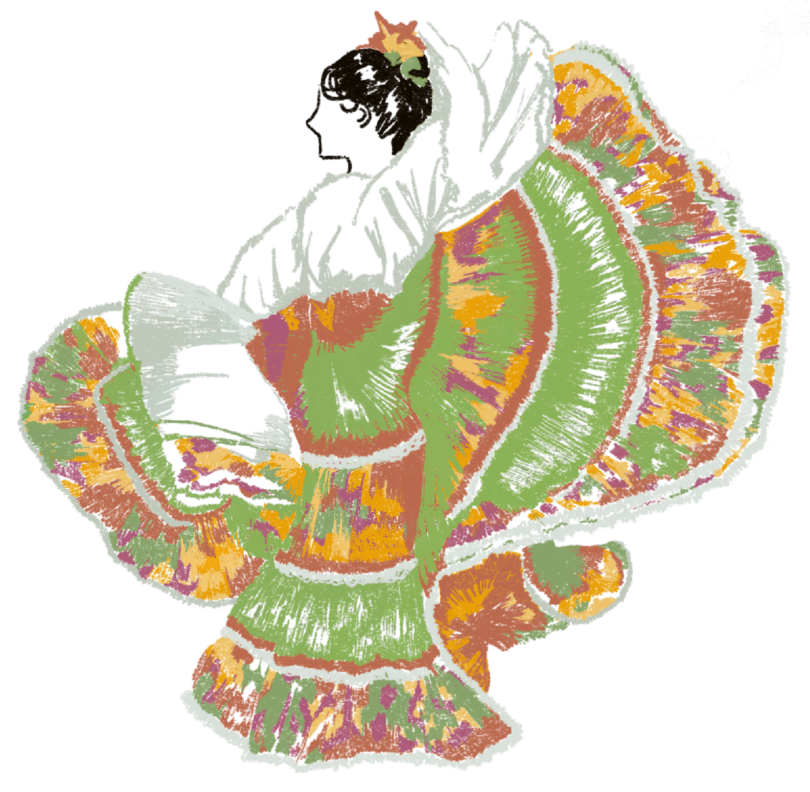
Leave a Reply
Want to join the discussion?Feel free to contribute!